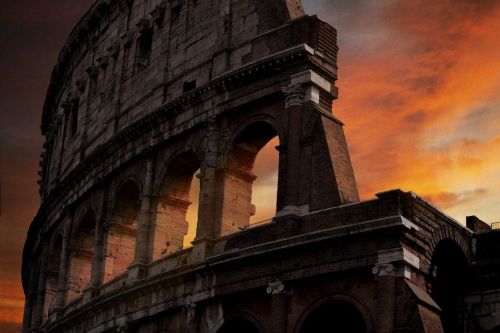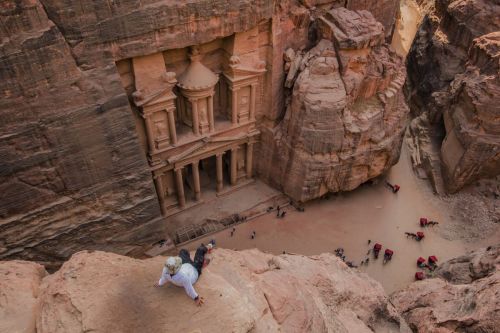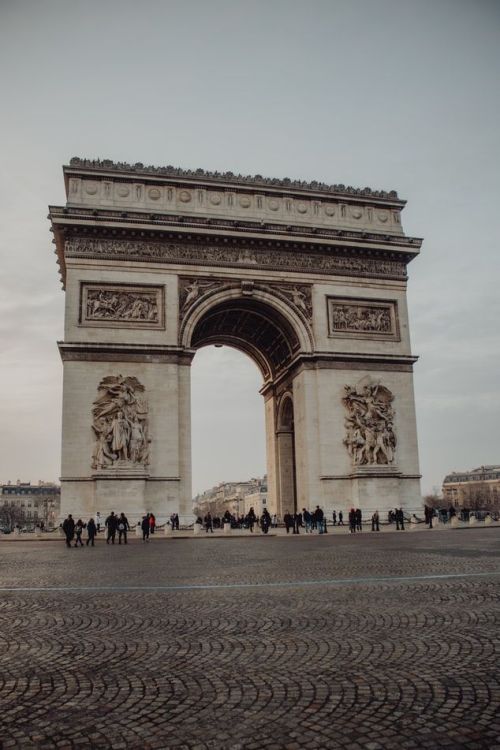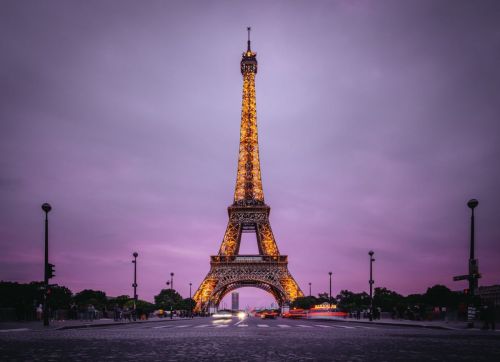18 facts about Trevi Fountain
Dating from the Baroque period, this fountain is one of the world's most famous. It was commissioned by the Pope, who wanted to modernize the previous ...
The Spanish Steps in Rome are one of the city's most visited landmarks. They are one of the longest and widest staircases in Europe, second only to the famous Potemkin Staircase, a symbol of Odessa. Once besieged by crowds sitting on them, today we can admire them walking from the Spanish Square to the church of Trinita dei Monti. In spring, they are additionally more picturesque thanks to the colorful azaleas presented there by the city authorities.













